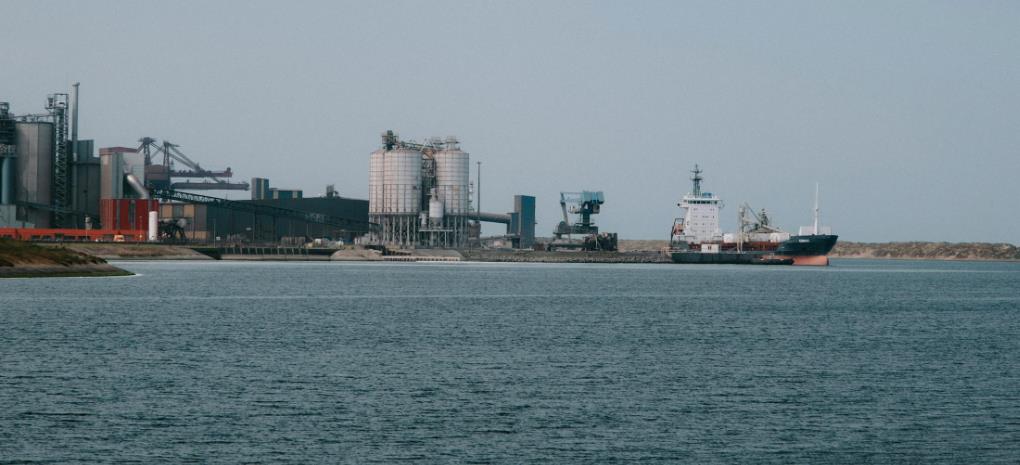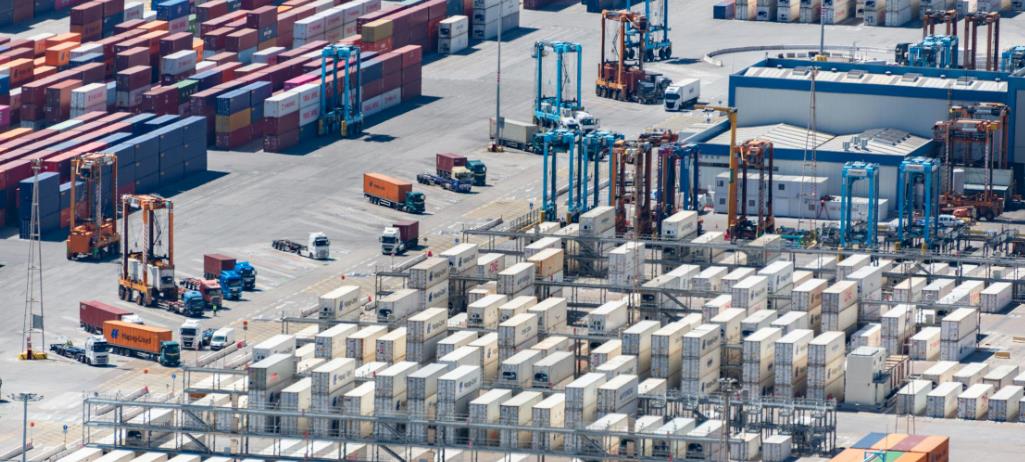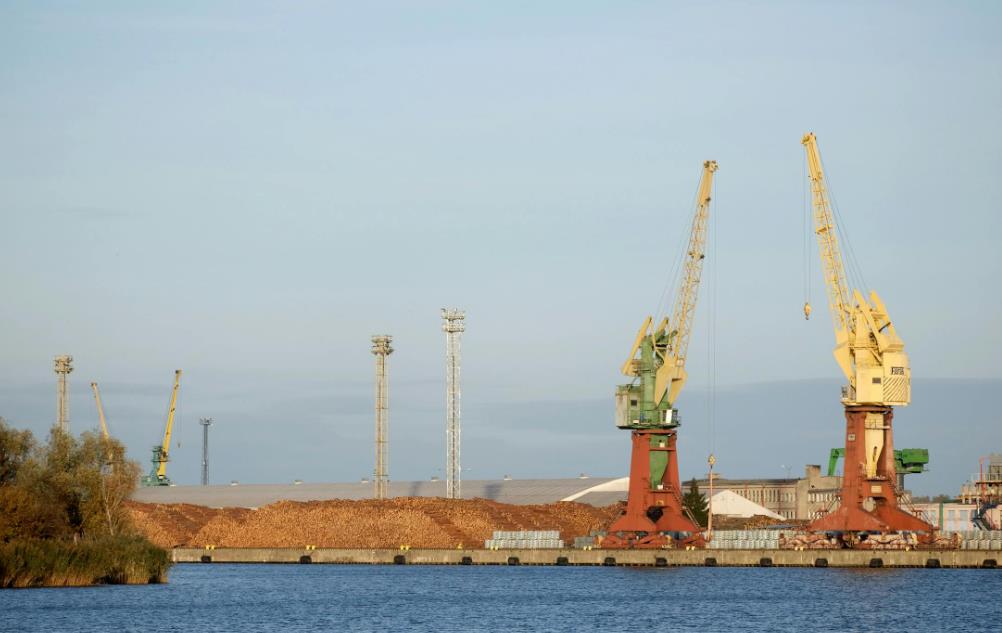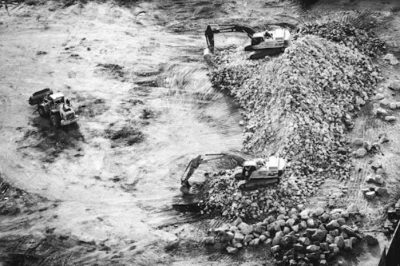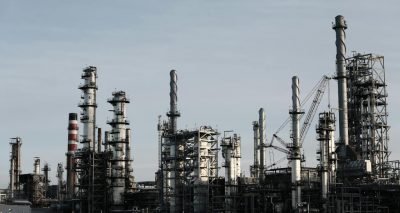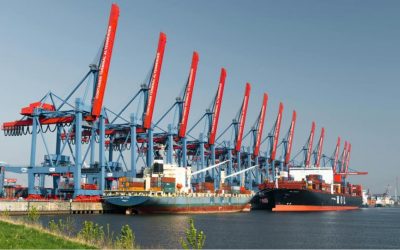Port terminals of the Danube. Serbia. Croatia. Hungary.
The Danube is classified as an international inland waterway that contributes to an improved distribution of traffic flows between Western, Central, and Eastern Europe on the one hand, and the Caucasus and Central Asia on the other hand, both through ports on the western and eastern shores of the Black Sea and through the Volga complex -Don to ports in the Caspian Sea.
On average, self-propelled ships consume up to 0.013 liters per ton-km, while modern ships can consume 0.0044 liters of diesel fuel per ton-km. Railway consumes an average of 0.0095 l/tkm, and road transport 0.0292 l/tkm (In other words, for 1 liter of fuel, most ships can carry 1 ton of cargo for 127 km, compared to 97 km for railway and 50 km for road transport). road). Riverboats currently have 3-5 times less CO2 emissions than road trucks per ton-km. Smart swimming (equivalent to green road traffic) results in emission savings of 10 to 30%, and the introduction of low-sulfur fuels in 2011 reduces pollution from ships and makes it possible to equip them with more energy-efficient engines and processing units, reducing emissions by 80% and up to 85%.
